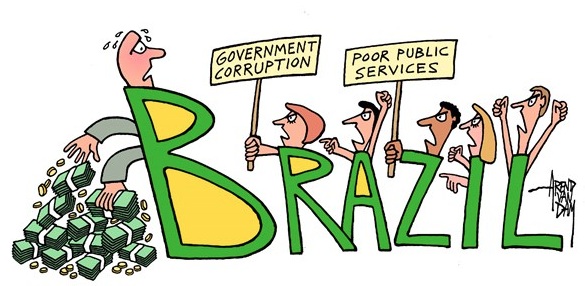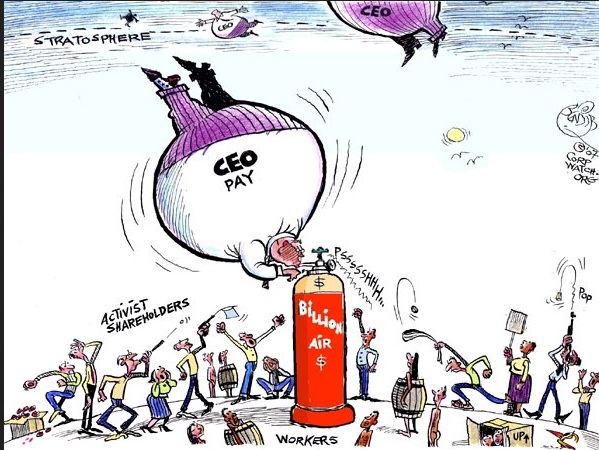Richard Reeves writes about the Horatio Alger awards: Twelve new members (11 men, one woman) were honored for having risen from childhood poverty to positions as captains of commerce or celebrated public servants. Colin Powell, a 1991 award recipient, was among those in the audience. The new members’ speeches were brief, striking a balance between pride and humility, and all hewing to the rags-to-riches theme.
The climax of the evening came with the arrival on stage of more than 100 students from poor and troubled backgrounds to whom the Society had awarded college scholarships. . The ceremony had the feel of an act of worship and thanksgiving before the altar of the society’s namesake. It was a genuinely moving experience, even for me—and I’m a Brit.
Vivid stories of those who overcome the obstacles of poverty to achieve success are all the more impressive because they are so much the exceptions to the rule. Contrary to the Horatio Alger myth, social mobility rates in the United States are lower than in most of Europe. There are forces at work in America now—forces related not just to income and wealth but also to family structure and education—that put the country at risk of creating an ossified, self-perpetuating class structure, with disastrous implications for opportunity and, by extension, for the very idea of America.
In his second inaugural address in 2013, Barack Obama declared: “We are true to our creed when a little girl born into the bleakest poverty knows that she has the same chance to succeed as anybody else, because she is an American; she is free, and she is equal, not just in the eyes of God but also in our own.”

The United States was to be a self-made nation comprised of self-made men. Alexis de Tocqueville—the first of many clever Frenchmen to wow the American reading classes—suffused his Democracy in America with admiration of the young nation’s “manly and legitimate passion for equality,” while Abraham Lincoln extolled his countrymen’s “genius for independence.”
There is a simple formula here—equality plus independence adds up to the promise of upward mobility. Hence the toddlers who show up at daycare centers in T-shirts emblazoned “Future President.” Hence Americans’ culture of competitiveness, their obsession with sports, their frequent and all-purpose references to “the rules of the game” and to “fairness.” Hence the patriotism-tinged pride of the successful, exulting not only in their own grit and prowess, but also in the meritocratic system that gave them scope and opportunity. Can Americans Still Dream







